- Ras Al Khor Industrial Area 2
- +971 4 330 2170
- +971 547919584
Are you ready to enter into the world of Fire Pump Installation Details? Fire safety is important, understanding how to install fire pumps is essential to keep people and property safe. Securing adequate water supply and pressure for fire protection systems is a crucial consideration in commercial building design. Fire pumps serve as the driving force to ensure sufficient flow and pressure to satisfy firefighting water demands. Proper fire pump installation details with testing and maintenance are fundamental for operational reliability when fire strikes. This article provides essential details and best practices for diesel and electric fire pump installations to meet code and protect people and property.
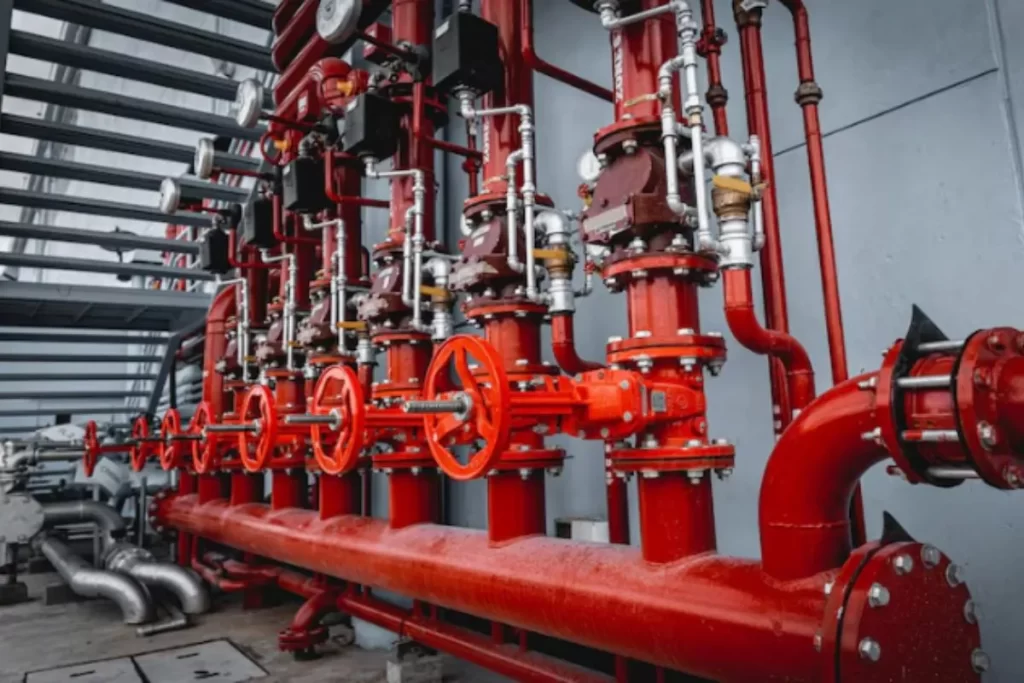

Sizing the Fire Pump
The first step is determining the appropriate fire pump size to deliver the required water volume at adequate pressure. Hydraulic calculations take water supply, pipeline size, system friction loss, building features, and firefighting needs into account. It is a must to know how to calculate fire pump churn pressure to prevent obstacles. Fire pump churn pressure must overcome system losses while still producing the minimum firefighting water pressure at the highest and most remote sprinkler heads or standpipes. Oversizing wastes money while undersizing risks failure to suppress fires effectively. Reputable specialists like Prime Phoenix use advanced software modeling to optimize fire pump selection.
Fire Pump Configuration Types
Electric and diesel drives represent the two main options for powering fire pumps. Each has pros and cons for reliability, maintenance and cost.
- Electric fire pump installations are cheaper, have lower operating noise, need less maintenance, and are more energy efficient than diesel. However, electric pumps fail during blackouts when commercial power is lost. The wiring must be strong enough to handle high starting currents and six times the rated load amps. Electric fire pump controllers automatically monitor power supply status and start the pump when needed.
- Diesel engine drivers provide autonomous pumping capability even if a normal electricity supply is interrupted. Diesel fire pumps often cost more initially with higher noise levels, exhaust emissions and maintenance demands. Fuel must be maintained with periodic engine exercising and load testing. Diesel pumps require battery charging systems, engine heaters and exhaust silencers. Controllers start the pump automatically when water pressure drops.
Fire pumps can be installed separately or together for larger flows or redundancy. A supplementary jockey pump keeps system pressure and handles small leaks or sporadic water demands. At larger pressure drops, the jockey pump starts the main fire pump.
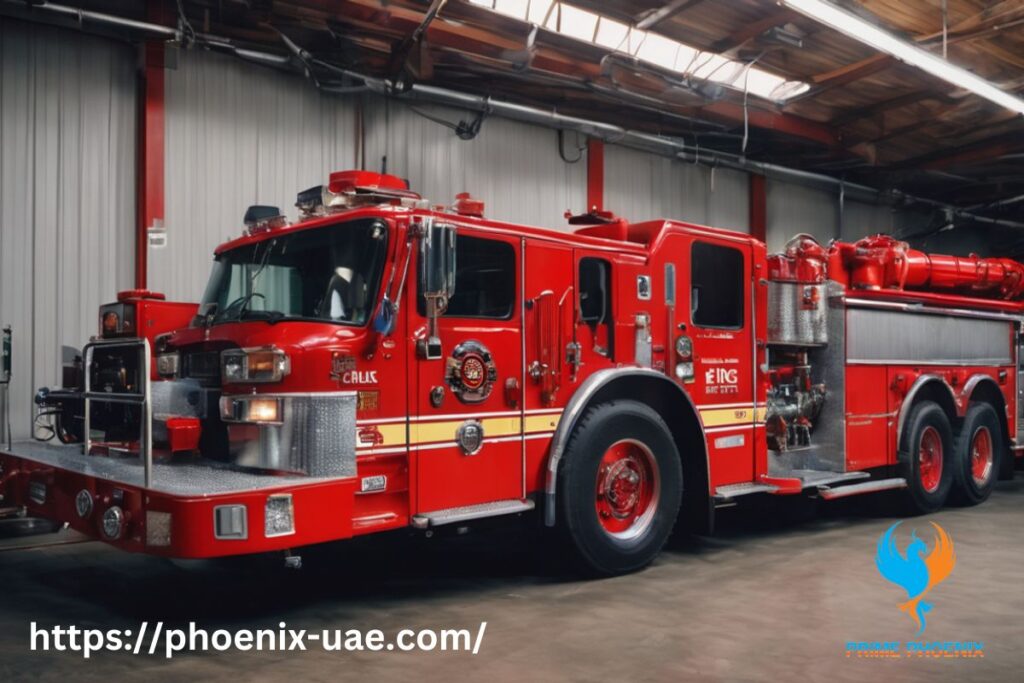
Fire Pump Installation Details Guidelines
Proper fire installation details require careful staging based on manufacturer instructions and expertise from specialists like Prime Phoenix. Key steps normally include:
- Mount pumps on concrete foundations with vibration isolation to minimize movement. Anchor piping nearby to the floor slab.
- Use suction piping that has smooth, easy-to-bend pipes and minimal friction. An eccentric reducer allows unfolded top-side inlet flow into the fire pump suction flange. Include a screened strainer, check valve, flow meter and pressure gauges.
- Connect discharge piping from the fire pump outlet to supply sprinklers, standpipes and other suppression systems. Install another discharge pressure gauge and check valve.
- Electric fire pumps wired into shunt-trip breakers disconnect power if water flow stops. Wire control panels, battery chargers and automatic start controls.
- Diesel pumps require engine cooling piping, exhaust routing, fuel supply and storage tanks properly vented and contained.
- A jockey pump troubleshooting is required at this stage. Controllers activate jockey pumps first to maintain preset line pressure before starting main fire pumps as needed.
- Provide adequate room ventilation, lighting, drainage, heating and access space for maintenance and testing. NFPA 20 specifies minimum clearances around pumps.
Commissioning and Maintenance
Following installation, fire pumps and associated components must be thoroughly tested and inspected before final commissioning. Flow acceptance tests verify pumping capacity. Operational run tests check automatic start sequences and alarm activations. All equipment and wiring should be checked and calibrated. Regular maintenance like fuel filtering, battery charging and lubrication along with periodic recertification testing ensures fire pumps perform reliably when needed.
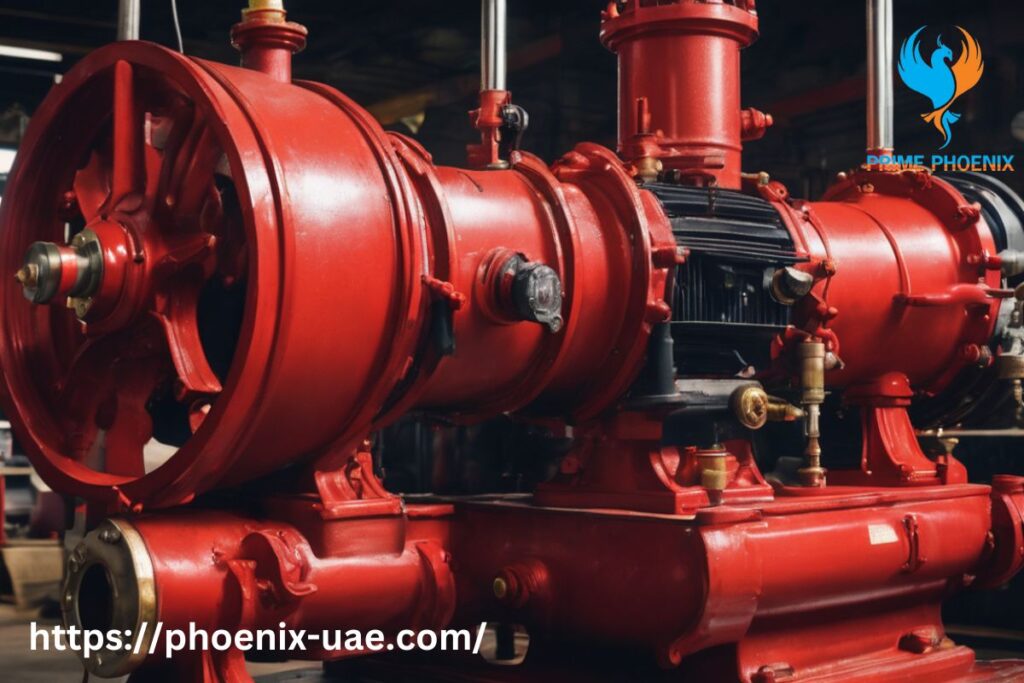
Maintaining Your Fire Pump
Proper maintenance is critical to ensure fire pumps remain reliable when needed most. Here are some additional details on recommended maintenance activities and schedules for fire pumps:
- Test fire pumps weekly and diesel engines monthly. Weekly tests run the pump briefly to verify automatic start operation. Monthly diesel tests should involve at least 30 minutes of pumping time under load to maintain engine function.
- Inspect fire pump systems visually at least monthly. Check for leaking piping or mechanical issues. Confirm adequate fuel for diesel pumps. Ensure batteries remain charged.
- Lubricate fire pump bearings and diesel engine parts according to the manufacturer’s schedule. Grease fittings should be lubricated while running. Diesels require oil and filter changes periodically.
- Replace air filters, belts, hoses, water seals and other accessories as needed over time per the manufacturer’s guidelines. Keep spare parts on hand for critical components.
- Check pump packing glands frequently and tighten as needed to prevent water leakage. Re-pack as necessary, usually annually.
- Clean and adjust electrodes, sensors, injectors and other diesel engine components based on operating hours or manufacturer recommendations.
- Drain water jackets and condensers on diesel pumps to remove sediment periodically. Check anti-freeze condition annually.
- Inspect fuel tanks and piping annually for corrosion or leaks. Drain water and sediment from diesel fuel tanks periodically.
- Test relief valves annually. Drain lines must discharge safely away.
- Service batteries at least annually. Clean terminals and check charge levels.
- Inspect all wiring connections and integrity of conduit routinely.
- Conduct annual flow testing under load to re-verify pump performance. Pressure and flow should meet original acceptance test results.
- Re-paint pumps, engines and piping as needed to control corrosion.
Following the manufacturer’s maintenance guidelines and consulting specialists like Prime Phoenix ensures your fire pumps will perform properly when called upon. Let us know if you need any other fire protection system expertise!
Ensure Your Fire Pump Installation Meets Local Codes Requirements
Here are some tips to ensure your fire pump installation details meet local code requirements:
- Review the latest editions of relevant NFPA standards (e.g. NFPA 20 for fire pumps) as well as all state and local fire codes that apply to your jurisdiction. Codes provide minimum requirements for items like pump sizing, room design, clearances, etc.
- Hire a qualified fire protection engineer or contractor who is familiar with the local codes and permitting process. They can advise on code details and design accordingly. Check qualifications and references.
- Submit detailed plans for permit review by the local fire marshal’s office, building department, or other governing authority. Provide pump curves, room layouts, piping schematics, etc. for approval.
- Schedule intermediate and final inspections by officials at key stages to know fire pump installation details. This allows any issues to be identified and addressed before finishing. Make corrections as needed.
- Ensure the installation company performs complete testing per NFPA standards and local protocols. Flow tests, pressure readings, automatic start verification and more should be documented.
- Secure any required operating permits from the local fire department or agencies after installation is complete and tested. Some areas require annual fire pump inspections.
- Maintain up-to-date records of installation details, testing results, inspections, maintenance logs and manuals onsite for easy reference and compliance.
- Display visual signage as required by codes including fire pump room identification, equipment labels, warning signs and connection markings.
- Consult the local Authority Having Jurisdiction (AHJ) early and often if anything seems unclear or complicated regarding code requirements.
Following proper protocols and engaging experienced specialists like Prime Phoenix helps ensure your fire pump system meets all necessary standards for approval and operational integrity. Let us know if you need support on your next project!
Fire Pump Room Design
NFPA 20 and local codes define requirements to house fire pumps safely with adequate access for service. A fire pump room size should have adequate space as per NFPA 20 standards. Fire pump rooms should be dedicated spaces with 2-hour fire rated construction including walls, ceilings and doors. Required clearances around equipment provide sufficient workspace. Two exit doorways allow quick egress. Non-combustible interior finishes prevent fire spread. Explosion venting protects the room if a diesel pump fuel leak occurs. Heating, ventilation, lighting and drainage should meet code provisions. Alarm and supervision systems connect to a constantly attended station. Qualified engineering specialists like Prime Phoenix provide proper fire pump room drawing and design.
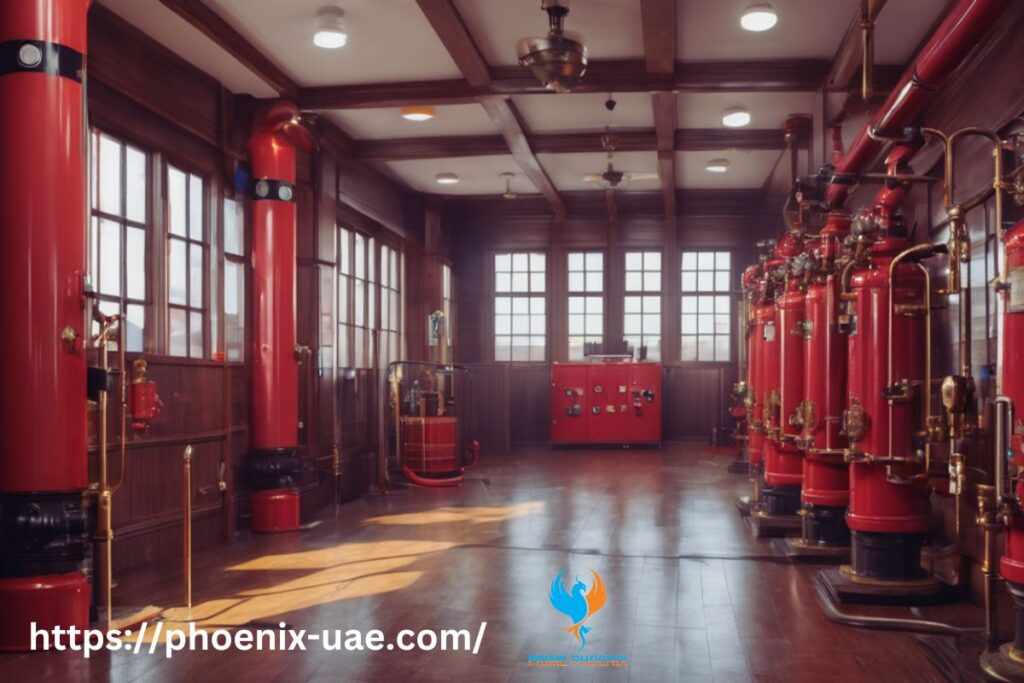
Additional Fire Pump Installation Details
- Ensure adequate net positive suction head (NPSH) to prevent pump cavitation. Calculate based on design flow and static lift conditions.
- Where pumps take suction from ground-level tanks, the pump room must be at least 18 inches lower.
- Size impellers to produce 150% of rated pump capacity at 65% of total head to allow for wear and tear over time.
- Isolate equipment vibration from the building structure using flexible pipe couplings and isolation pads.
- Include pressure maintenance jockey pumps sized for a minimum of 10% of the main pump rated capacity.
- Arrange wiring in conduit for protection. Emergency power supply wiring must be separate from normal building circuits.
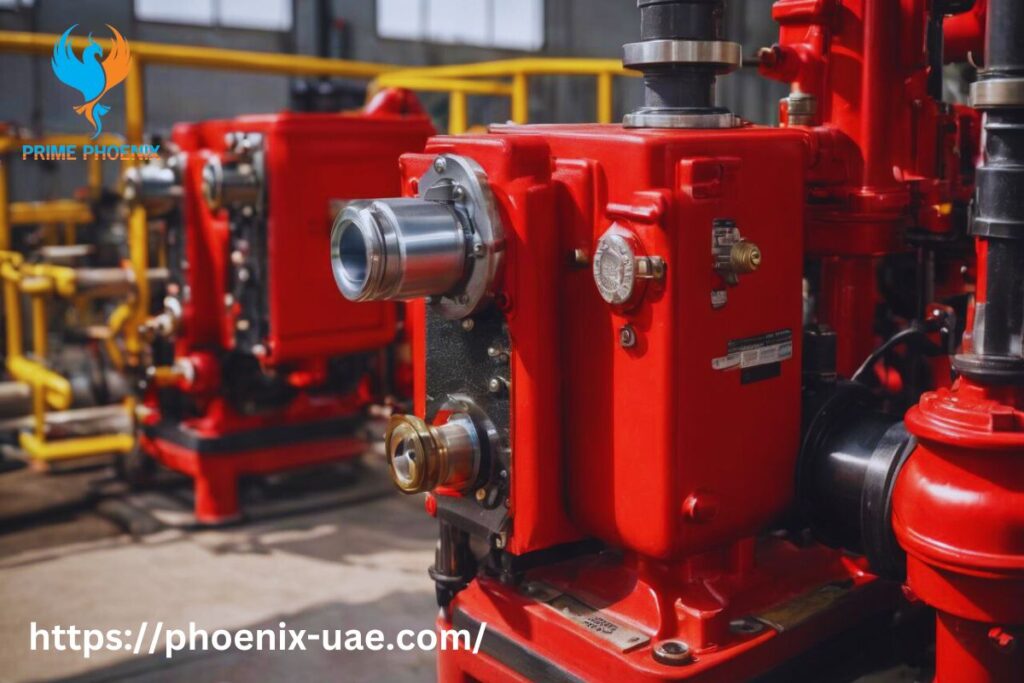
An experienced specialist like Prime Phoenix optimizes fire pump selection, installation, testing and maintenance for effective fire protection. Proper fire pump room design and equipment layout ensure system readiness. Contact us today to discuss your project and see how we can help you achieve your goals.
